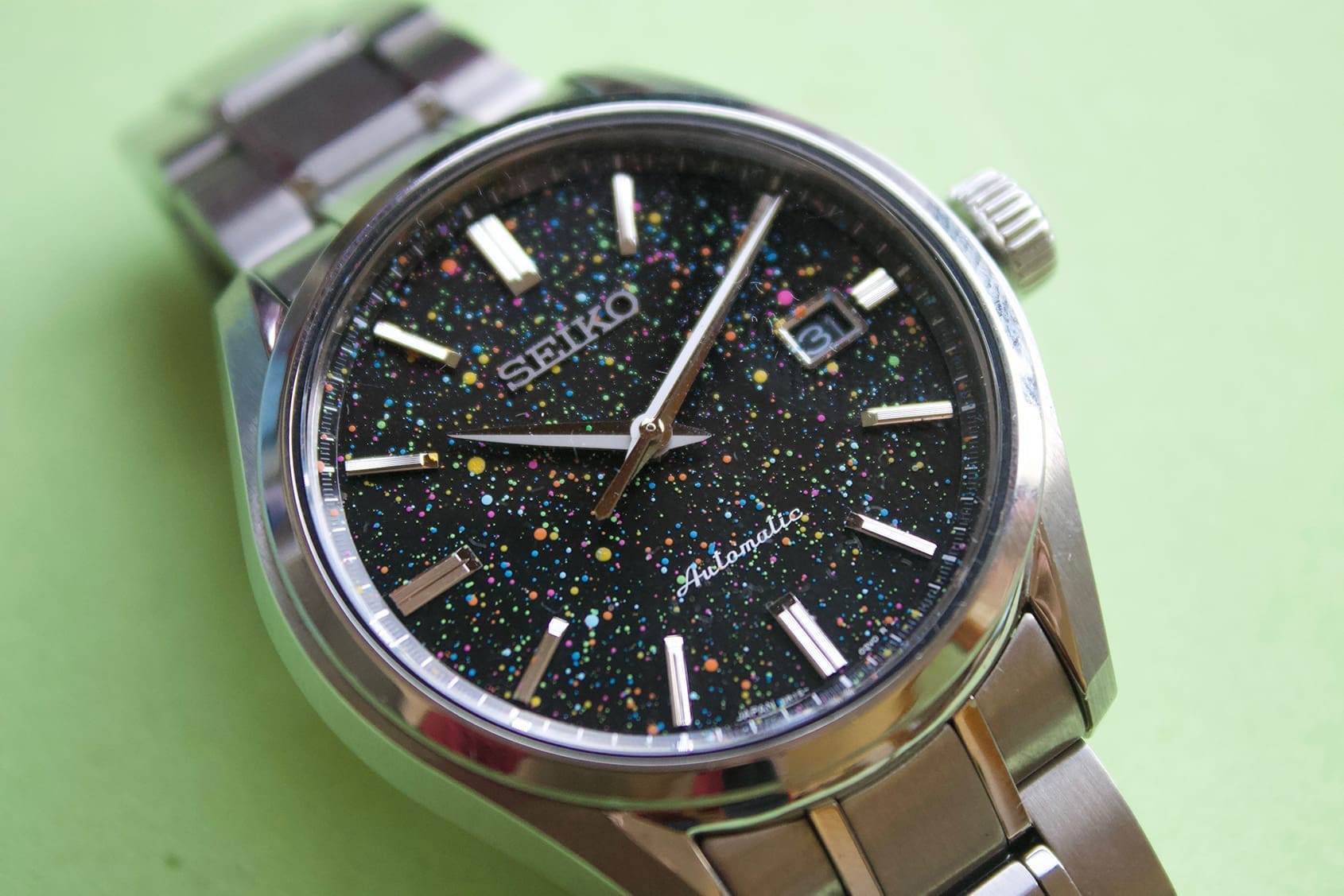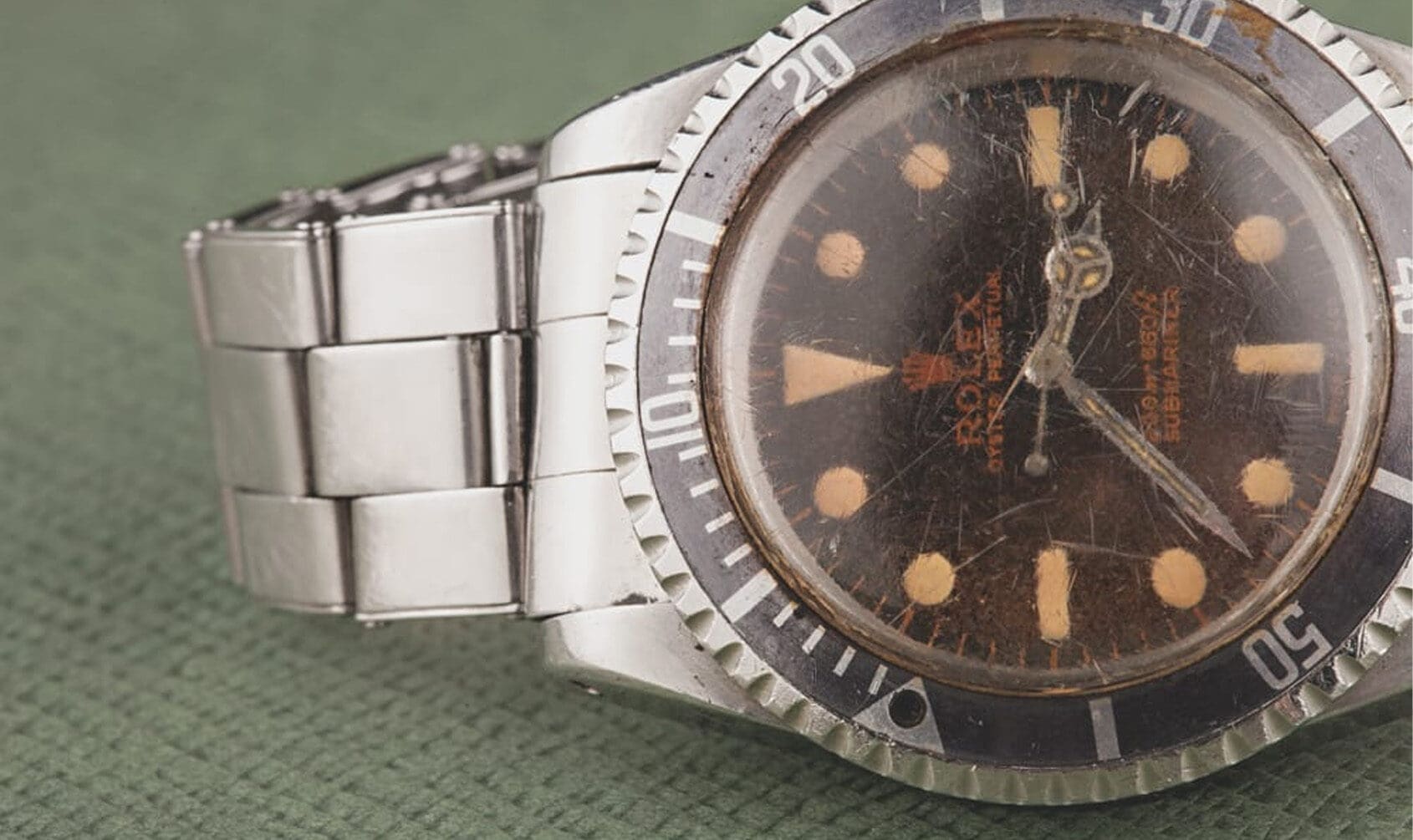Fergus Nash
In Part 1 of this DIY seriesNow that we’ve covered the steps to building your own watch from scratch, if that’s not an option for you, you may have a watch in your collection that just wasn’t as perfect as you expected. If you’ve bought and sold a bunch of similar black dial dive watches, you might just want to add a personal touch to one of them. Modifying a watch isn’t as scary as it sounds, as long as you’re particular about the watch and don’t mind a big drop in resale value. Here are some ways to personalize your watch.
Modification 1: Change the strap

While there are undoubtedly some more substantial changes later on in this list, changing the strap is the most basic and perhaps the most effective way to change the look of your watch. It’s also the gateway to the DIY spirit of using your fingers to get handsy and make your own aesthetic decisions. Invest in a good spring bar tool, measure the lug width of your watch, Go Shopping.
Change 2: Change the hands

If you haven’t read the first part yet DIY Seriesand be sure to go back to step 2 and read about buying watchmaking tools. There are plenty of watches with beautiful dials and beautifully finished cases, but sometimes you can be a little disappointed with anachronistic, outdated hands, or hands that don’t hit the markers the way you want them to. If your watch uses an off-the-shelf movement or a movement like ETA 2824, SW200, or NH35, you’ll likely be able to find a matching aftermarket replacement. Simply search for “hands” followed by the caliber name, order the hands you like, and check out our YouTube tutorials on removing and installing watch hands. Care must be taken when removing the movement and dial from the case, but it’s a deceptively simple task of levering out the existing hands and pushing in the new ones.
Change 3: Customize the dial

Whether you’re a professional painter or just want to get your kids to stick some stickers on it, customizing an existing dial is the most obvious way to set your watch apart from others. If you choose the painting route, you’ll need to remove the dial from the movement and make sure it’s completely dry before reinstalling it. If you’re just looking to add a decal or sticker or print your initials on it to make it look like you got it as a gift from a watchmaker, you might only need to temporarily remove the hands.
Change 4: Upgrade (or downgrade) your crystals

Since lab-grown sapphire became widespread, watch crystals rarely need replacing. Before that, a new crystal was considered part of a repair, as crystals could get scratched, marked, and sometimes cracked. That being said, commercial crystals are still widely available for almost every (round) watch in existence. If your watch has mineral glass, you might want to upgrade to acrylic, which can be polished to remove scratches, or sapphire, which is scratch-resistant. You might prefer the softer light diffusion that acrylic provides, or you might want to replace a flat sapphire with a domed one. Anti-reflective coatings are also something to consider; they can be clear or tinted to achieve different effects in the light.
Fix 5: Replace the date wheel

One of the most common gripes with watches is the use of a white date wheel on a black dial. When placed well, it can balance the white hour markers on the other side of the dial, but more often than not it looks like a cost-saving afterthought. If you’ve done the proper research into watch movements and are comfortable taking your watch apart a bit, you can order a black or other color wheel and install it yourself.
Fix 6: Re-lacing/Fake Aging

When it comes to cars and watches, there’s a theory that our fear of dirt and scratches disappears the moment the first scratch appears, so it’s better to remove that fear as soon as possible. Taken to an extreme, we go down the path of re-lacing, as has long been known in the guitar world. There’s nothing wrong with leaving it under a powerful UV lamp for a few weeks to simulate years of fading from the sun, or throwing it on a gravel road to try to simulate decades of wear. Besides how much damage you want to leave, the most important consideration is what story you want your object to tell. For example, lots of scuffs moving in the same direction would mean there was a single accident that caused them all, whereas a distribution of random, light scratches would look more natural.
